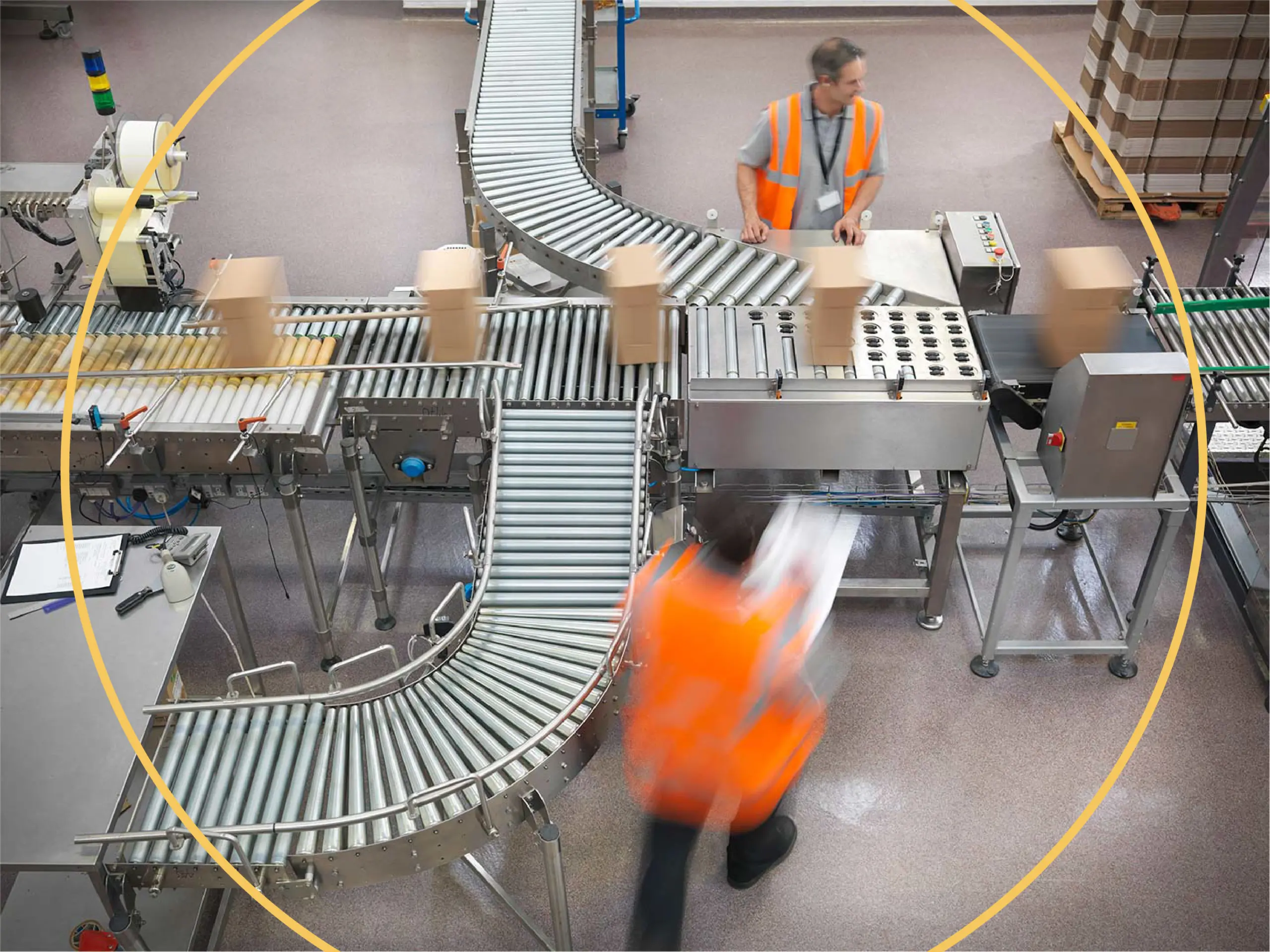Imagine a future in which factory floors are predominantly filled with robots completing tasks. Humans overlook the processes from large glass windows. People also walk down the factory floor on a regular basis to perform quick checks and make sure everything is running smoothly.
This future may be closer than we think. Decisions manufacturers make today will determine how quickly this scenario may turn to reality.
Automation in manufacturing involves taking repetitive tasks and building a system that performs them in a fully automatic way. Automation can provide many benefits, such as increased accuracy and consistency, greater safety, and reduced costs, according to the Forbes article “What the Future of Manufacturing Automation Could Look Like.”
But automation also has drawbacks. Fully automated systems require fewer individuals to operate them, which could mean reducing labor force. In the future, as artificial intelligence (AI) and machine learning (ML) continue to gain traction, automation in manufacturing will undoubtedly continue to expand.
Manufacturing automation is often brought up in the same conversation as smart manufacturing. Smart manufacturing includes systems that are “fully-integrated, collaborative manufacturing systems that respond in real time to meet changing demands and conditions in the factory, in the supply network and in customer needs,” according to the National Institute of Standards and Technology.
As smart manufacturing and automation capabilities expand, manufacturers are questioning not only the return on investment of automation, but the ethics of it. They’re not asking if it’s possible – it is. They’re not asking if it makes financial sense – it does. Instead, they’re asking if it’s the right thing to do.
We decided to ask Vervint Principal Consultant Rick Harlow how manufacturers should weigh the following question: “We know we can automate, but should we?” Rick is a facilitator specializing in co–creating workshops with clients that help organizations manage ideas and create momentum for multidisciplinary teams. He focuses on research, problem-solving, innovation and decision–making. His work helps organizations understand and navigate the possibilities to unlock growth in this digitally transforming world.
Turning Automation Ideas Into Reality
Based on their experience owning a smartphone or driving a car with lane-assist technology, most people intuit that technology can do a lot more to enhance our lives. Manufacturing stakeholders are no different. If you work in manufacturing and make critical decisions, you wonder how technology can improve quality, speed and efficiency or reduce costs. That curiosity often generates initial ideas about what can be automated.
Certain processes and workflows lend themselves to automation. Some of the basic criteria that would suggest a process or workflow is a good candidate include an estimated positive return on investment and the knowledge that automation is possible.
So, then, how do you actually automate something? Here, basic prototyping is critical. Start by asking, “how could we simulate what we want to do?”
A common mistake in the prototyping phase is starting to build something right away. But all automation begins with data. Data informs how a procedure is automated, which means you need to define what data is needed and how to collect it. An expert can help you understand what data is critical for decision-making in a process — and then you can develop a prototype that includes the devices needed to reliably gather it. In the manufacturing space, for example, cameras, motion detectors, thermometers, microphones, and innumerable other types of sensors are becoming smarter (and cheaper.) They measure something, which creates data, and then automation can be built upon that foundation.
Next, you need to understand how that data will be processed. This means creating a software framework for ingesting and processing the data coming in. It probably also includes creating an event handling system that monitors the data for certain parameters (e.g., if this device is too hot for this many minutes, an alert should be sent to this person or system). People are integral to this part of the process. Experts in the system you’re trying to automate need to be included to define parameters and outcomes. And experts in data and software can help you manage and analyze data and build a scalable automation platform.

Episode 48: Automation Infrastructure
Prepare for take off as we explore automation infrastructure, security, and the latency in the cloud, as well as how to create cloud-like experiences for private workloads.
Determining What’s Good for the Business
Let’s say you’ve built a successful prototype. Now, the question is — should you roll this automation solution out to the entire enterprise? What if it means replacing 100 people’s jobs? 1,000?
This is where manufacturers and other businesses are facing incredibly difficult decisions. The fun part is creating a new innovation; the difficult part is in the subsequent decision-making and implementation. One factor in that larger equation is evaluating how employees can be re-deployed to different parts of the organization. And any rollout of new innovations, processes or workflows requires an understanding of change management. It’s a process for effectively implementing changes to technology, procedures and even company goals at the individual, organizational and enterprise levels.
As a leader, your challenge is determining what is good for the business. If your touchstone for what is good is rooted in past growth, then new information supporting automation processes can be difficult to reconcile. To trust the data and rely on models means giving up some authority and autonomy as you pursue what’s good for the business.

How to Leverage Change Management for Your Business
Avoiding Proof–of–Concept Purgatory
So, you’ve determined you can successfully automate. You can also replicate that solution to scale across your operations. (A good automation candidate should be something that would permeate a large portion of operations, thus having a higher return on investment.)
At this stage, some automation projects end up in a kind of proof–of-concept purgatory. Stuck in the incubation stage, these ideas fail to get the permission or momentum needed to move forward. They’re caught in limbo. Stakeholders have the energy and drive to innovate, but they can’t break innovations into their organization. Alternatively, an innovation falls flat because it does not gain support throughout the organization. At Vervint, we have the experience to help decision-makers navigate through the business transformation landscape and reap the returns associated with automation and other innovations.
Vervint: Your Partner in Decision-Making, Change and Transformation Avoiding Proof–of–Concept Purgatory
At Vervint, we bring a distinctive blend of deep expertise and strategic thinking that empowers teams working through every stage of the transformation process. To begin the conversation, we’d love to discuss what outcomes your business hopes to achieve. Contact us to get started, or explore more of the ways we can help your business.


